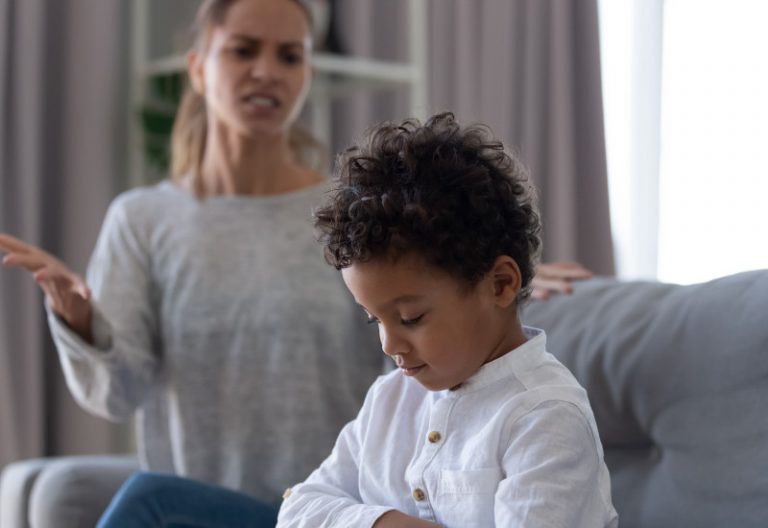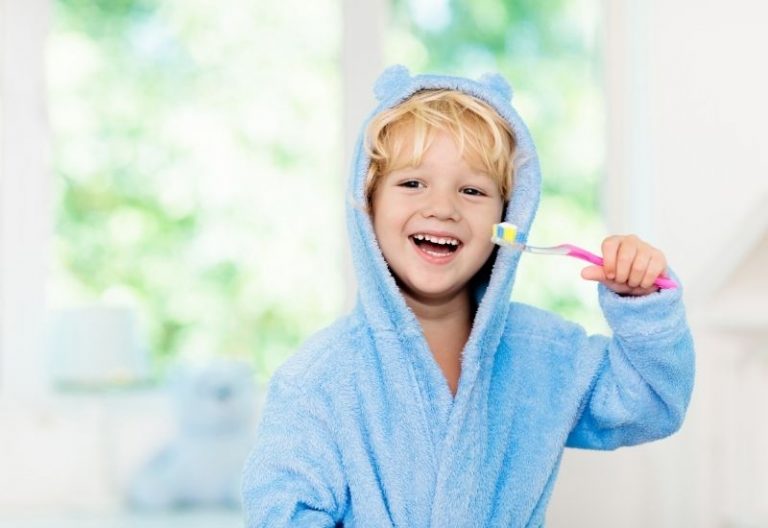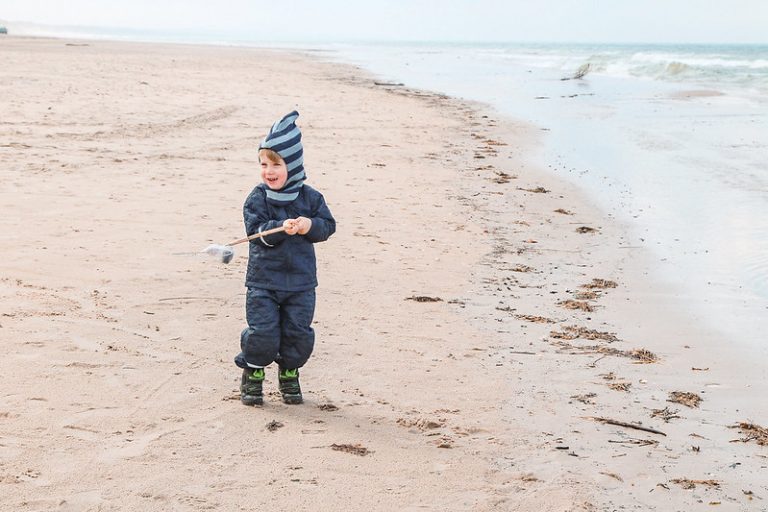Danish parenting: 6 easy steps to happier kids (and parents)
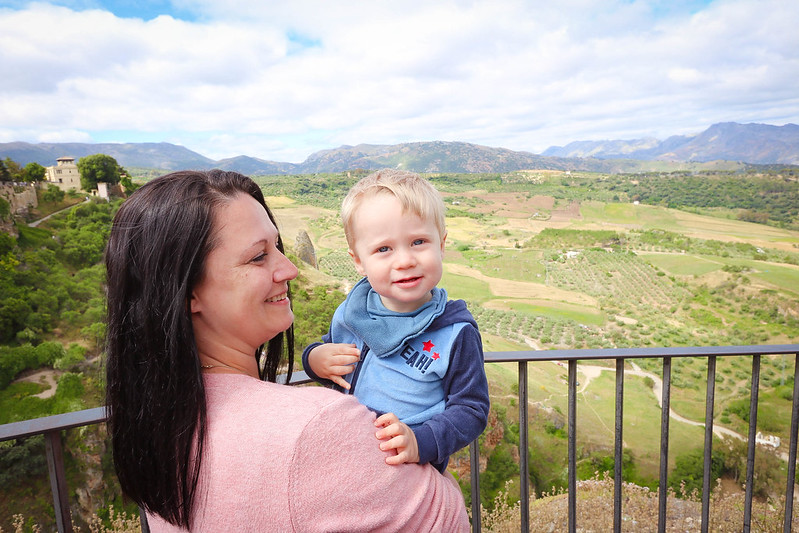
Children playing outdoors year-round, babies napping outside in freezing temperatures, and toddlers climbing in high trees. It’s business as usual in Denmark. If you want to raise happy, healthy, well-behaved children, you’ll love this guide.
Picture this: It’s Monday morning, you’re late for work, and your 3-year-old is not in a good mood. She doesn’t like the clothes you’ve picked out, the toothpaste tastes funny, and she wants to stay home.
But instead of rushing, yelling, or giving ultimatums, you acknowledge her feelings and give her a hug.
That’s how we do in Denmark.
This post contains referral links for products I love. Danish Mom earns a small commission at no extra cost to you if you make a purchase through my links. Thank you for your support ♡
Table of Contents
What is Danish parenting?
At first glance, Danish parenting might sound like parenting without consequences for bad behavior.
It’s not, though.
Danish parenting takes an authentic, respectful, and empathetic approach to parenting.
Based on research, Danish parenting provides strategies for a range of developmental periods. The idea behind Danish parenting is to establish a relationship between parents and children that involves caring and teaching.
Connection is the only reason kids freely give up what they want to do and do what they want instead. When we strengthen our connection with our children, parenting becomes easier as we become allies rather than adversaries.
Read next: 20 tips you can learn from Scandinavian parents for hacks and tricks to raising resilient and happy kids
Components of Danish parenting:
- It involves guiding
- It is caring and nurturing
- It believes the child is naturally good
- It is always non-violent
- It provides regular open communication
- It takes an optimistic approach
- It respects the child’s developmental stage
- No empty praises
- It shows empathy for the child’s feelings
- It focuses on free play and being outdoors
Read this post about Nordic parenting hacks for more hands-on, practical tips.
Danish children and parents are happier
Denmark has been ranked happiest in the world by the Organization For Economic Cooperation And Development for nearly 4 decades running.
Why?
Is it the tuition-free access to high-quality education, or the free healthcare? Is it the relative lack of crime and corruption, or just plain Danish hygge?
The answer lies largely in how Danes are raised: to be resilient, emotionally secure, and happy adults.
The Danish way of parenting (the book)
We raise our children with a focus on play rather than performance and trust rather than pressure. We teach them to appreciate the small things and cherish and protect the community through hygge. This in return, makes them mentally resilient and emotionally secure and happy.
by
Through examples and years of research, the authors show how the Danes raise happy, confident, and successful kids, year after year. They’ve created six essential principles of Danish parenting around the “easy-to-remember acronym Parent”.
Play is essential for development and well-being.
Authenticity fosters trust and an inner compass of self-esteem
Reframing helps kids cope with setbacks and look on the bright side.
Empathy helps kids understand and share the feelings of others.
No ultimatums means no power struggles or threats. Give respect to receive it.
Togetherness is what we call hygge. We prioritize quality time and family hygge on special occasions and every day. By cooking together, playing games, or watching a movie together.
The 6 key elements of Danish parenting
Play
In Denmark, children play independently, which enables them to discover their areas of interest, move at their own pace, and ultimately engage in the passions they want to pursue. While parents are present and available, they’re not in control of the activities.
Letting kids play on their own (when grown-ups don’t interfere) actually builds their self-esteem more than participating in activities led by their parents.
Research shows that play allows children to use their creativity while developing their imagination. It’s important to healthy brain development, and it leads to enhanced confidence in their own capabilities, which is the foundation for happiness.
How to do it:
- Make time for free play that doesn’t include screens. Give them art supplies, LEGO, or other open-ended toys.
- Encourage your kids to play outside (e.g. jump in puddles, find earthworms, pick flowers, go to a playground, build a snowman, help with gardening).
Authenticity
Danes are honest with their kids about the good and the bad things. Being honest and authentic with your children helps them develop a strong internal compass because they learn to trust themselves and their emotions.
While we do praise our kids, we don’t give empty praise or focus too much on the child’s achievements.
Why?
Because it can make kids feel insecure and unwilling to take risks. Instead, we commend their efforts and accept all emotions, also the bad ones.
Research shows that kids who are always told they are smart are likely to give up easily when confronted with difficult tasks. By focusing on the process instead, the child will be motivated and resilient. It helps them see the reality as it looks.
How to do it:
- Be honest. If your child sees you upset, sad, or scared and asks about it, tell the truth. Kids are clever. They’ll know if you lie, so just be honest and say: “Yes, mommy got really scared when you ran too close to the street. That’s why I yelled.”
- Focus on your children’s process and efforts instead of the results. For instance: “That puzzle looks really difficult, but you didn’t give up” instead of “You’re so good at doing puzzles!”
- Save the praise for when it’s warranted. Instead, help them understand why something didn’t go as they expected and encourage them to do it differently next time.
Reframing
Danish parents take unpleasant situations and try to reframe their perception of them.
Essentially it means shifting focus from what you can’t to what you can.
By using supporting language, which helps children to understand the reasons for their emotions and actions, you can prevent a lot of power struggles.
Instead of saying how impossible the child is and making her a problem, try noting the other sides of the story. Maybe she’s crying, not listening, name-calling, or hitting because she’s hungry, tired, bored, or simply needs a hug.
And then help her obtain what she wants using acceptable behavior.
We do this because we believe that children are essentially good. They’re not trying, on purpose, to make you angry (although it might seem like it).
The benefits of reframing are first and foremost that the situation doesn’t escalate. But most importantly, it changes our children’s perception of life and makes theirs and our own lives happier in the process.
How to do it:
- When your child finds something hard and says: “I can’t do this”, answer: “You just haven’t learned it yet“. You can also tell them that when something feels difficult, it’s just because they’re learning or getting wiser.
- When your child misbehaves, focus on why. Are they hungry? Tired? Bored?
- Make it about the action, not the child. Say: “Stop teasing your brother, it upsets him” instead of “NOW what did you do?”, “What’s wrong with you?” or “Don’t be a burden”.
- Avoid labels such as “troublemaker”, “manipulative”, “naughty” or “always”
Empathy
Learning to put themselves into another’s shoes can help make kids kinder, gentler human beings.
It’s a fundamental value in Denmark to teach children to think about others. We even teach it in school.
One hour each week, during Klassens time, students aged six to 16 years old are taught empathy lessons. Practicing empathy teaches children how to respect others and themselves, and it helps prevent bullying.
How to do it:
- Try to understand instead of judging: “See, he’s crying. Do you think he was hungry?” instead of “What a bad-mannered child!”
- Help your child see others’ emotions and actions: “That was very helpful of him, don’t you think?”
No Ultimatums
While yelling, threatening, or physical punishment might seem like the obvious answer to a meltdown, Danish parenting has a diplomatic approach:
Don’t give ultimatums.
Ultimatums incite power struggles and create a situation of win/ lose between you and your child. They also break connectedness with your child, which is what motivates them to listen in the first place.
In short, it’s about replacing fear (threats & ultimatums) with trust and closeness.
If a child feels respected and understood and is helped to understand and respect rules, they will ultimately grow up to be a happier child.
How to do it:
- Understand that testing rules and pushing boundaries is a natural part of a healthy child’s development. Try to help and guide rather than scold.
- Avoid a “my way or the highway” approach: “Because I said so”
- Avoid ultimatums and threats: “You’d better do that right now or else!”
- Say no, but always be calm.
- If your child throws with her toys, take it away, distract, or remove the child.
- Explain things in a manner kids understand and in a friendly tone: “You can’t run across the street because there are cars, and you could get hurt.” or “You have to wear your jacket outside or you’ll get sick. Mommy has a jacket on, too. See?”
- Take a time-out if you feel like you’re losing your cool.
Togetherness
T stands for Togetherness, also known as hygge. Hygge is an essential part of Danish parenting.
By learning how to hygge and spend quality time as a family and with friends, children get a strong sense of community, relaxation, and ultimately happiness.
How to do it:
- Turn the phones off, play some games
- Carve out time for family. Even 10 minutes a day matter
- Arrange playdates and help the children hygge. Build them a pillow fort, pack a little picnic basket, and let them have a picnic outside, in their room or hyggekrog.
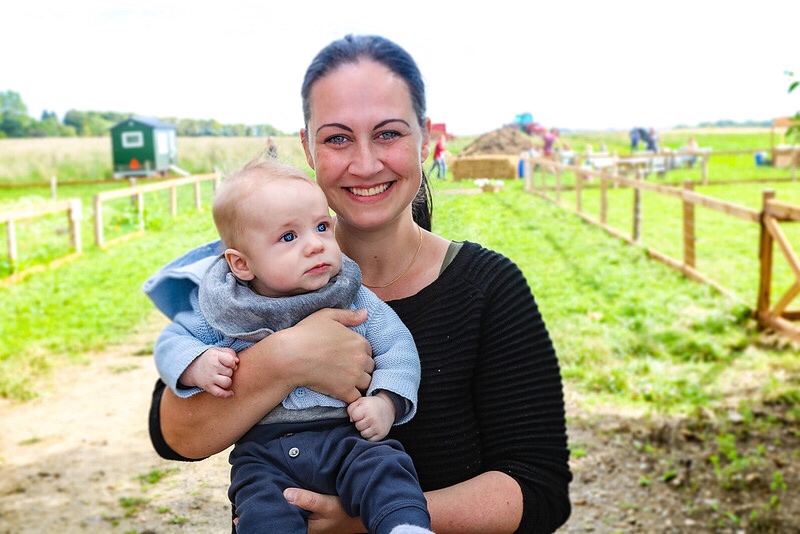
More stuff you’ll love:
Curious about Nordic parenting? Here’s what you need to know: A guide that explains everything you need to know about parenting in Scandinavia (Denmark, Sweden, Norway, Finland and Iceland).
20 parenting tips you can learn from Scandinavia: If you’re serious about Nordic parenting, you’ll need tools to help you do the job. Here’s a list of the best of the bunch.
My best parenting tips: This is an updated list of parenting strategies that focus on respect, health, and emotion.
How to handle a toddler who isn’t cooperating: Learn how to avoid ultimatums and power struggles.
FAQ – Danish parenting
What is the Danish parenting style?
The Danish parenting style is known for its focus on fostering independence and empathy in children.
Parents in Denmark encourage their kids to play freely, often outdoors, to develop creativity and self-reliance.
They also emphasize emotional honesty, teaching children to understand and articulate their feelings. This approach aims to build resilience and happiness in kids from a young age.
What is the Danish way of parenting play?
Danish parenting play is about free, imaginative play without much adult interference. It fosters independence and creativity.
How do Danes raise their children?
Danes raise children with an emphasis on independence, emotional awareness, and free play, fostering creativity and resilience.
What is the Danish way of discipline?
The Danish discipline approach is respectful, focusing on understanding and guiding rather than punishing. It’s about setting clear boundaries with empathy.
How do the Danes parent?
- Let your child play freely.
- Be honest with your child.
- Promote togetherness and hygge.
- Focus on what your child can do instead of what they can’t.
- Don’t give ultimatums.
- Practice empathy.
What is family life like in Denmark?
Currently, most families in Denmark have two kids. Denmark is a safe country so parents let them play outdoors un-supervised, and they can ride their bikes or take the bus to school.
Which country has the best parenting?
Denmark is the best place to raise children, according to the Best Countries report from 2020. Denmark is followed by Sweden, Norway, and Canada, whereas the U.S. comes in at #18.
What are Danish values?
Freedom for the individual, respect, equality tolerance, and a strong sense of trust are core values in Denmark.
Save it!


